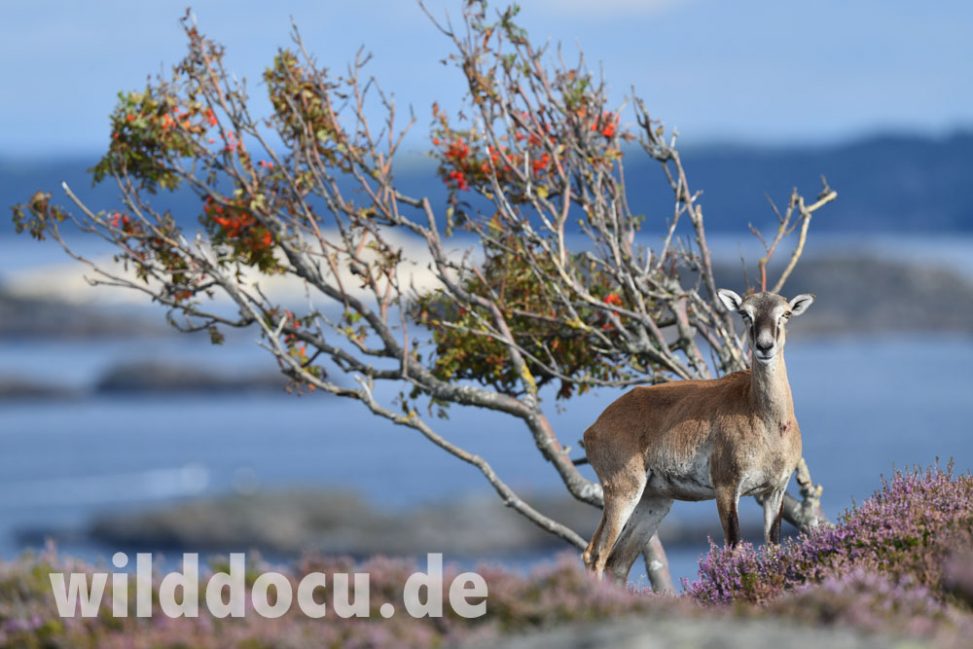I was looking for mammals during a family trip between 24th of August and 7th of September in 2021. I brought along my camera, a flashlight and bat detector and left my thermal imager at home. I noted what I saw during the day, went only for a few night walks and one – nonvoluntary – night drive.
For a short, easy to read introduction to Swedish wildlife I refer to the Wikipedia article „Wildlife of Sweden“.
Sweden doesn‘t seem to have a national animal, but looking around in souvenir shops it could be the Elk (Alces alces). (Note that the Eurasian Elk is called „moose“ in North Amerika.) But since it is intensely hunted, the Elk is not a common sight during the day, whereas the Roe Deer – also a hunter‘s favourite – is probably the most easily seen mammal in the south of Sweden.
During the first days on the highways in the south we see a lot of roadkills – hares, foxes, badgers, other mustelids and hedgehogs. One simple reason for these casualties seems to be that the mesh size of the wildlife fences is too big. The animals just go through the fence, a problem that could be fixed – at least for some of the species.
24.8.: Our first destination is Tylebäck Camping, near Halmstad in the Southwest. The main reason to go there is the beach. An evening walk along the creek, that runs close to the camp site produces one Roe Deer (Capreolus capreolus), one European Rabbit (Oryctolagus cuniculus), one European Badger (Meles meles) and two Apodemus Mice (sylvaticus or flavicollis).
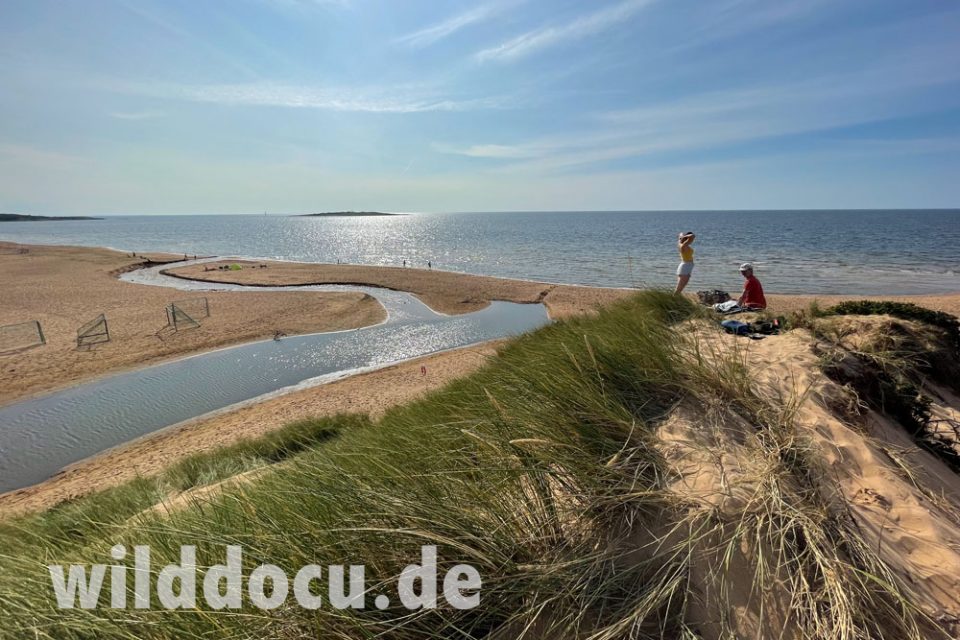


25.8.: Next day we drive to Rönnäng, Tjörn Island and Dyrön Island respectively. (You reach Tjörn from the mainland via a bridge. From there a ferry takes you to the smaller Dyrön). The reason to visit Dyrön is a small population of introduced Tyrrhenian Mouflon (Ovis aries musimon).
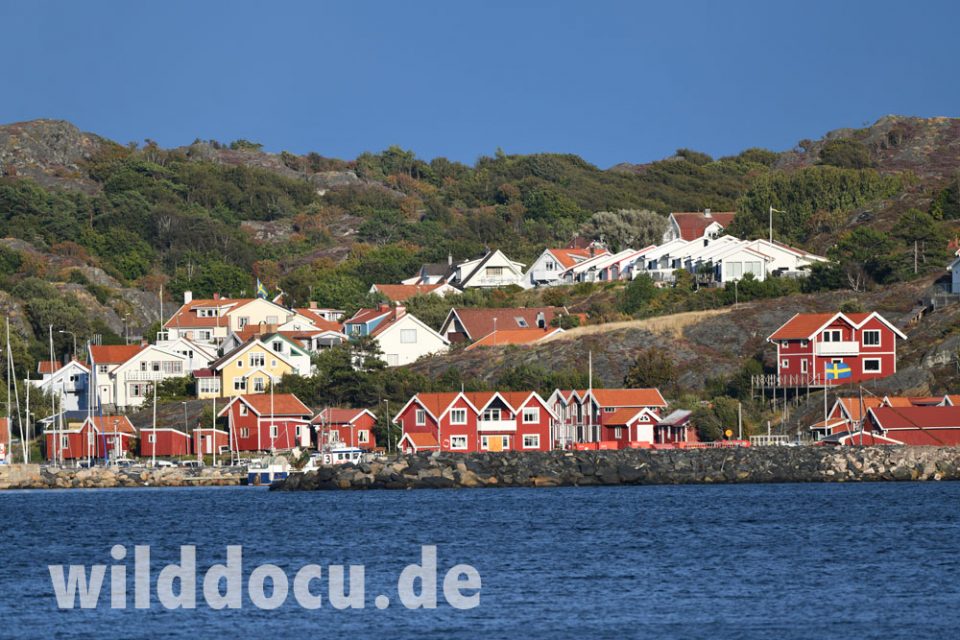
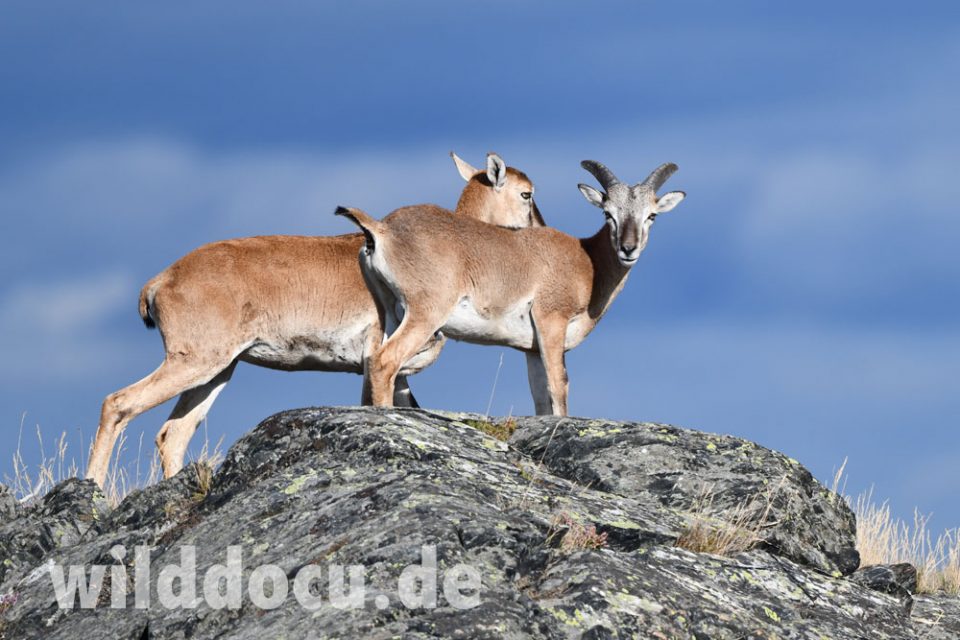

One other Mouflon introduction site in Sweden I know is the Stora Nassa Archipelago (east of Stockholm), which is at almost at 60° latitude. Dyrön is at nearly 58°. I assume these locations must be among the northernmost occurrences of the Mouflon. During our day trip we see three different groups, totalling around 15 animals (all females, young and a male yearling).
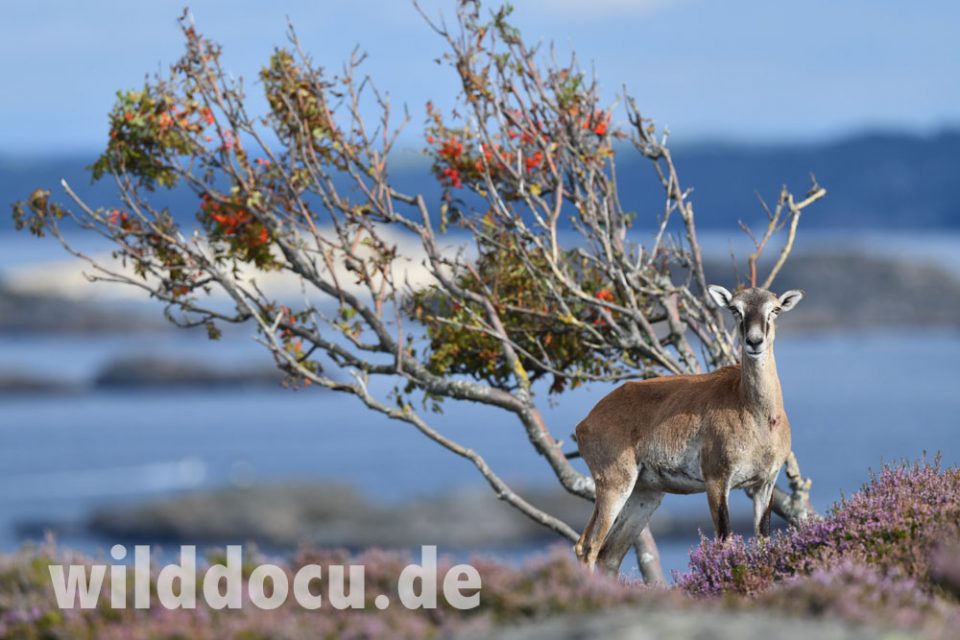
26.8.: Near Rörviks Camping / Hamburgsund I photograph two more Roe Deer.
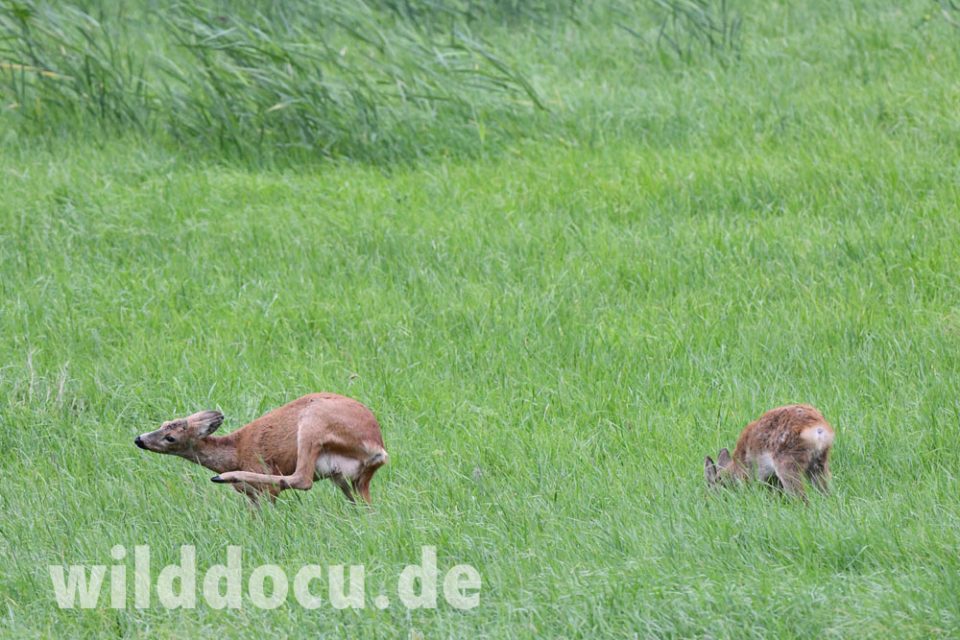
The plan is to go to Kosterhavets, Västra Götaland County – a marine Nationalpark park close to the Norwegian border. Seal watching tours are offered in the area. Because of high winds we cross this location off our list.
Near Torsby, Värmland County, we ask locals where to look for Elk and are told that at this time of the year one has to go to higher altitudes – between 4 and 6 in the morning and after 8 in the evening. At Våmland Camping the owner recommends lake Ljusnetjärnen (which is further down the valley). The location looks indeed good, but we are just not lucky.


We go on a hike in outstanding Fulufjället National Park / province of Dalarna. The geography is dominated by a bare plateau (fjäll), and valleys with old-growth forests. It is said that the lichens on the fjäll are remarkably rich and are a result of the absence of reindeer.
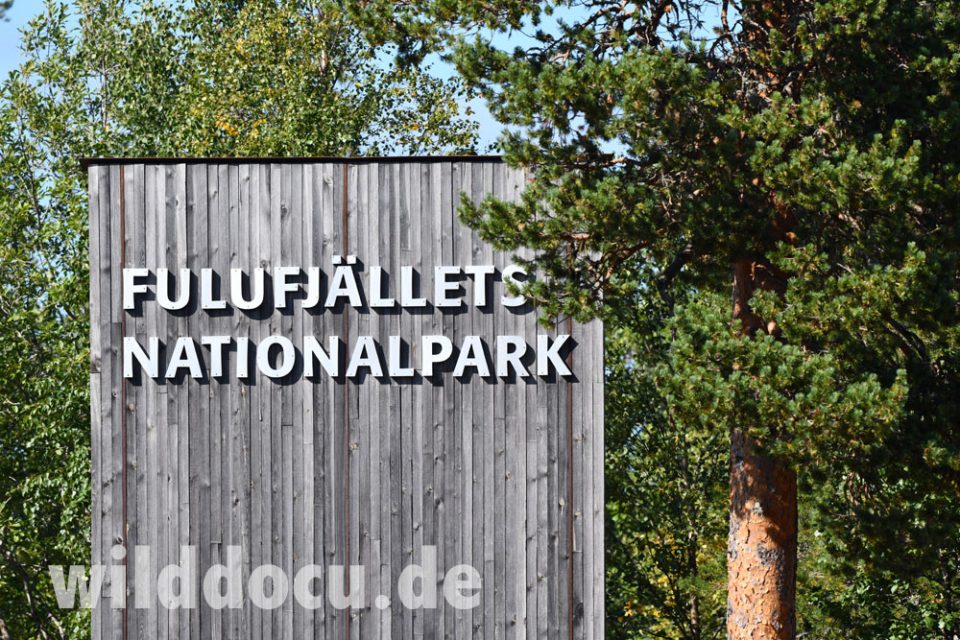
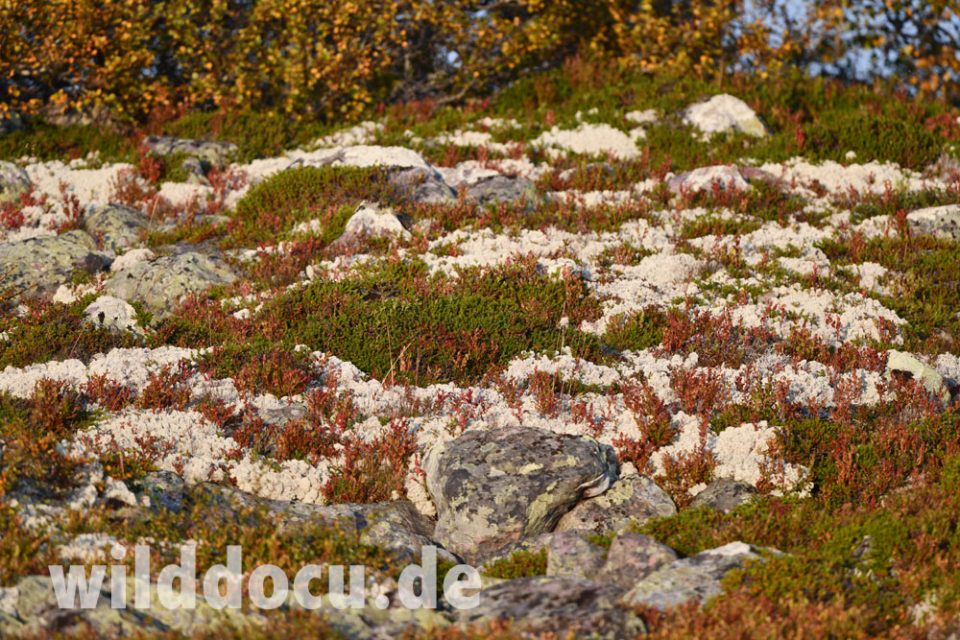
Wikipedia writes the park is a notable location for Brown Bear and Eurasian Lynx. But an employee at the visitor centre “Naturum” says she has never seen a bear, whereas Red Fox is common in the forest and often seen on her way to work along the road. The Roe Deer is here at the northern edge of its distribution in Europe, so I assume the density can’t be very high and so must be the density of its predator the lynx.
Elk is a possibility – more in the forest than on the Fjäll. A Polar Fox on the Fjäll is apparently a very rare sighting.
The Siberian Jay is the park’s symbol. Notable sights at Fulufjället include Sweden’s largest waterfall, Njupeskär, and Old Tjikko, with 9550 years, one of the world’s oldest trees.
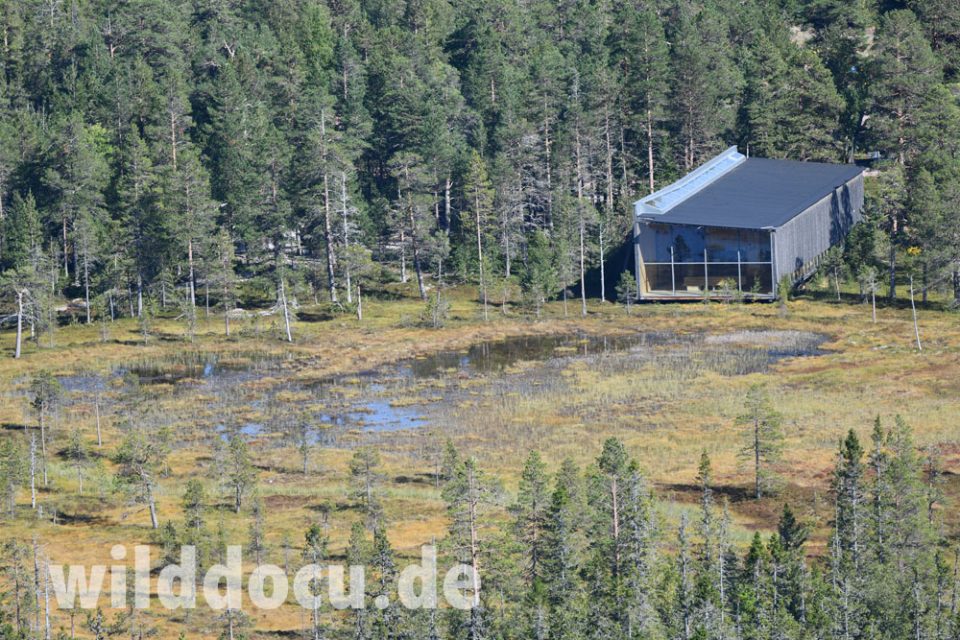
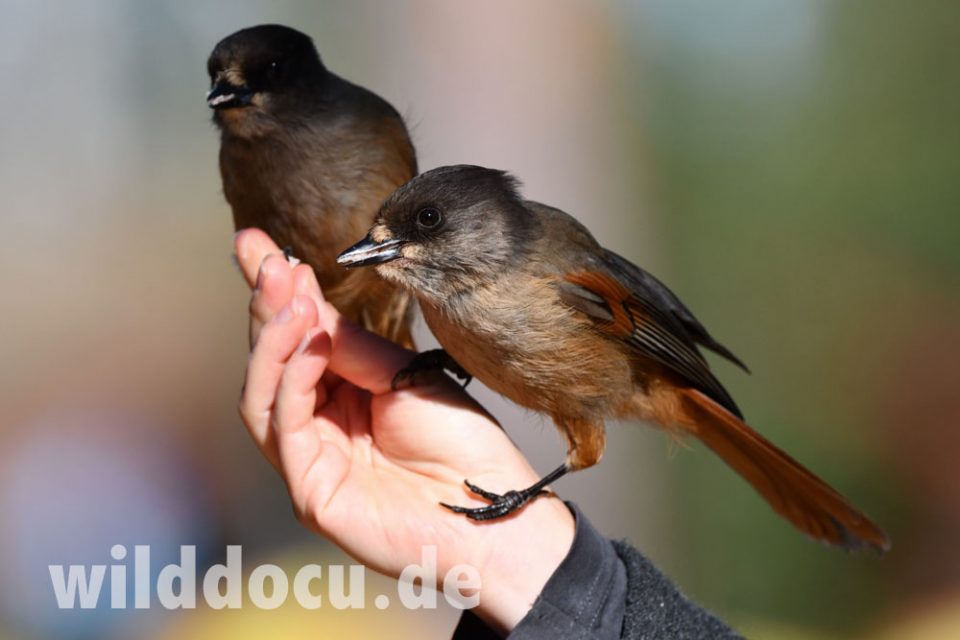
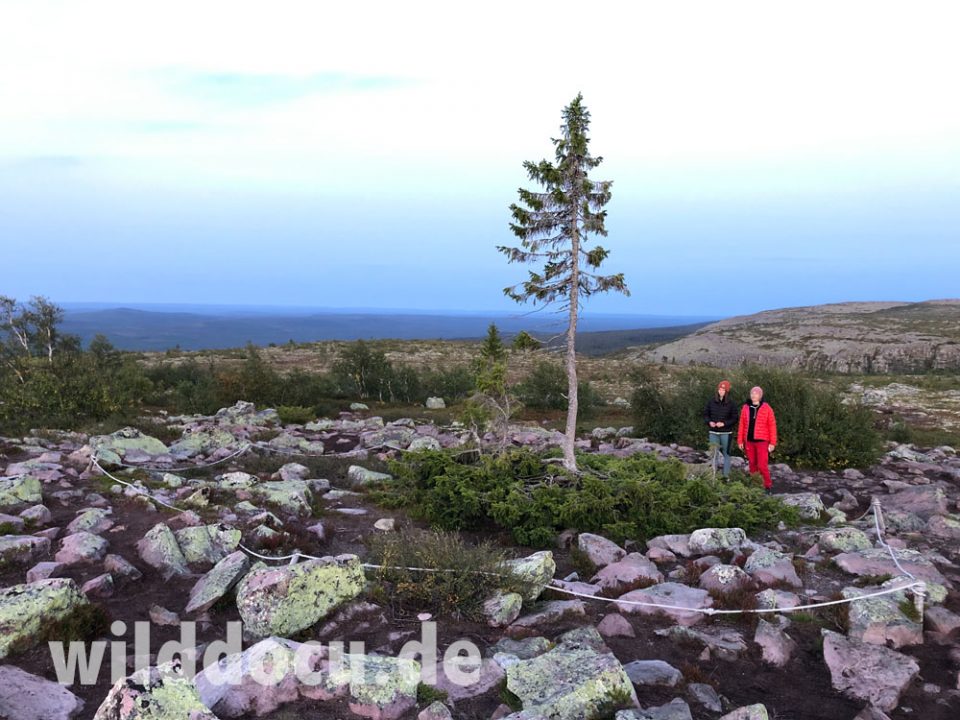

Near our Fjäll camp we notice a larger bat, flying about 10 metres over a pond: Not having my bat detector with me, I reckon it is a Northern Bat (Eptesicus nilssonii) – the only bat species that reproduces north of the Arctic circle. Nathusius‘ Pipistrelle, Brandt‘s and Daubenton‘s Bat are smaller. The Brown Long-eared Bat is bound to forests. The Noctule is bigger.

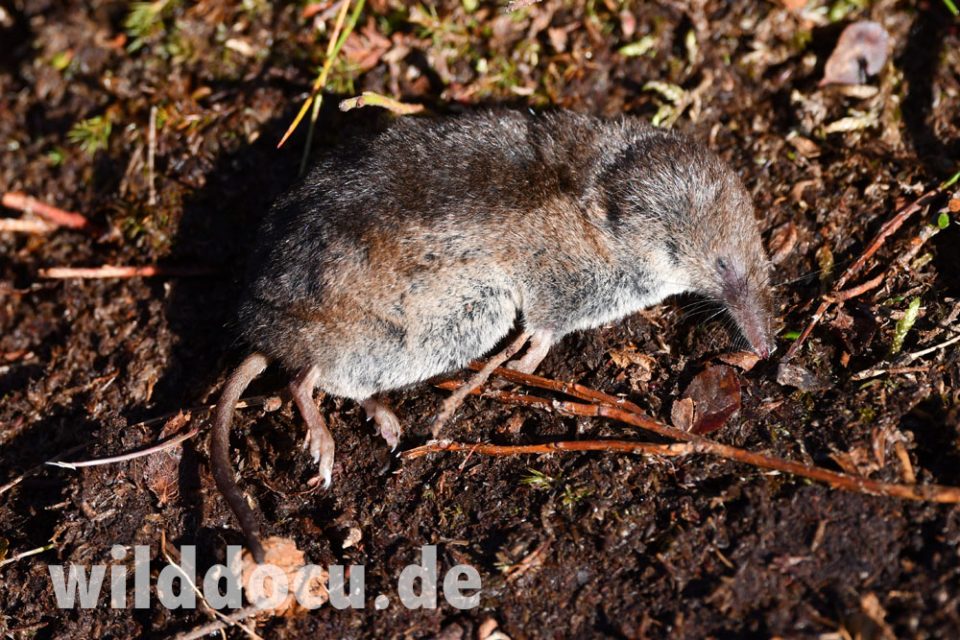
The next day I find a dead Common Shrew (Sorex araneus) on the trail and a live Grey-sided Vole (Clethrionomys rufocanus) – taxonomy and naming is disputed) – between some rocks.




Back at the Naturum I photograph an almost tame Eurasian red Squirrel (Sciurus vulgaris) at a bird feeder. There are also Sibirian Jays, Willow Tits and a Nuthatch (Sitta europaea europaea). The employee tells me that the crumbs, that fall to the ground, attract Grey-sided Voles. She sees them early in the morning before the visitors arrive.

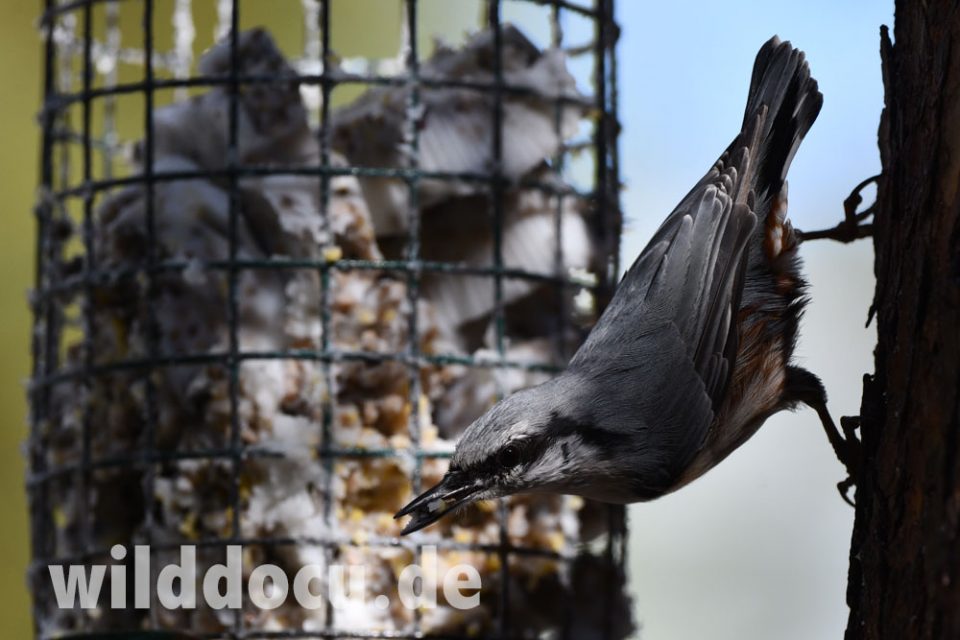
29.8., Städjan-Nipfjället near Idre: This is our northernmost location on this trip and the southern-most location for Reindeer (Rangifer tarandus) in Sweden. We see around 20 animals. According to a local we talk to wild Reindeer do not occur in Sweden anymore.

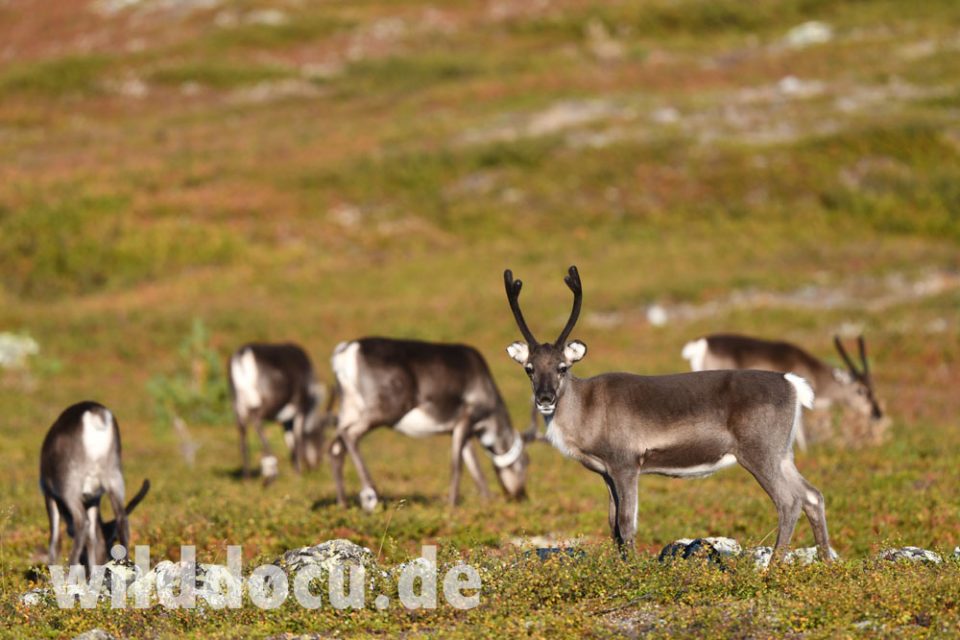


Less than 100 km north of Idre, near the town of Tännäs, there is also a possibility to see Muskoxen. Check https://myskoxcentrum.se for details.
31.8.: We rent some kayaks with Nordic Discovery near Malingsbo-Kloten, Bergslagen and go on a three-days-trip.
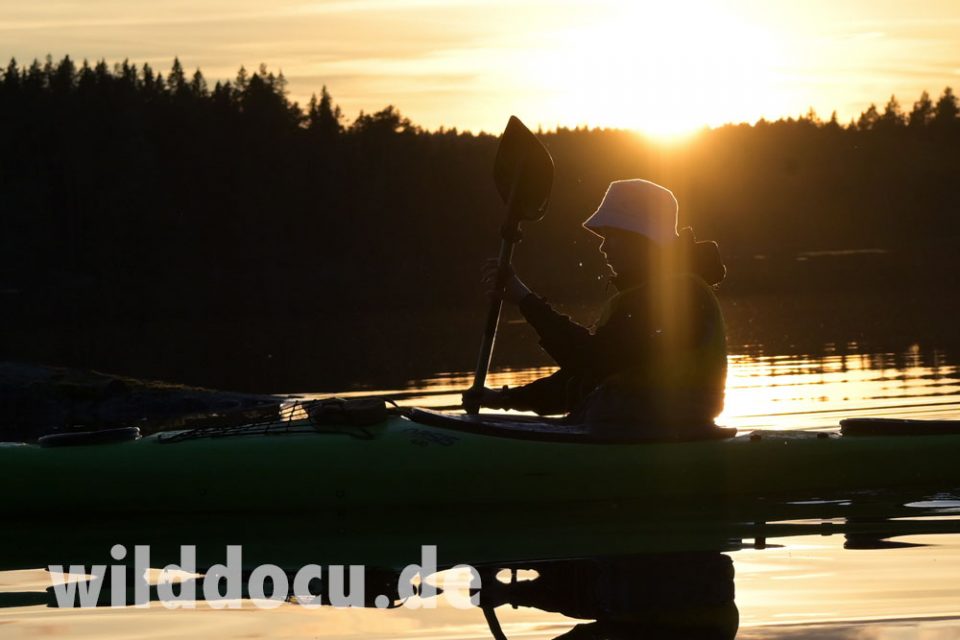
We note some Beaver activity close to a portage at 59.947032, 15.257289. I also find old elk droppings. A site that looks promising for elk is a bay at 59.982833, 15.255455.
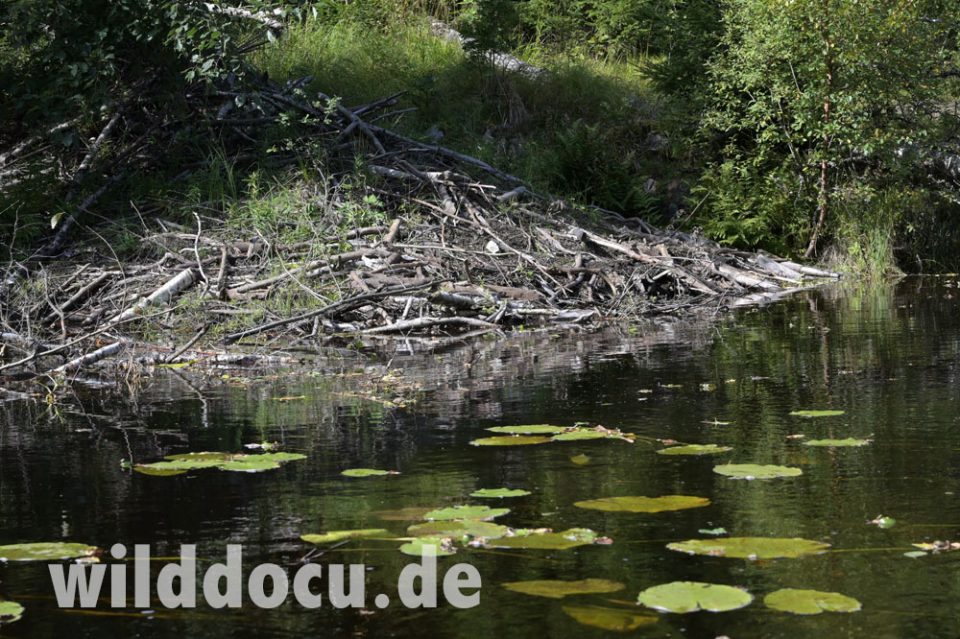

1.9.: Gålö is THE place for Roe Deer in Sweden. We see 10 animals in one meadow across Gålö Havsbad campground in broad daylight.


I also note two European Hare (Lepus europaeus), some Daubenton‘s Bats (Myotis daubentonii) hunting over the Baltic Sea. There are Soprano Pipistrelles (Pipistrellus pygmaeus) at the beach und on the campground. The camp also harbours Brown long-eared Bat (Plecotus auritus). My bat detector indicates furthermore Common bent-wing Bat (Miniopterus schreibersii). But the occurrence of this mainly Mediterranean species in Sweden in unlikely.
At Karlslunds Marina I see twice Fallow Deer (Dama dama) in the forest. Down the road we witness an accident: Somebody had crashed into an Elk (Alces alces) – the animal being still alive when we pass the site.
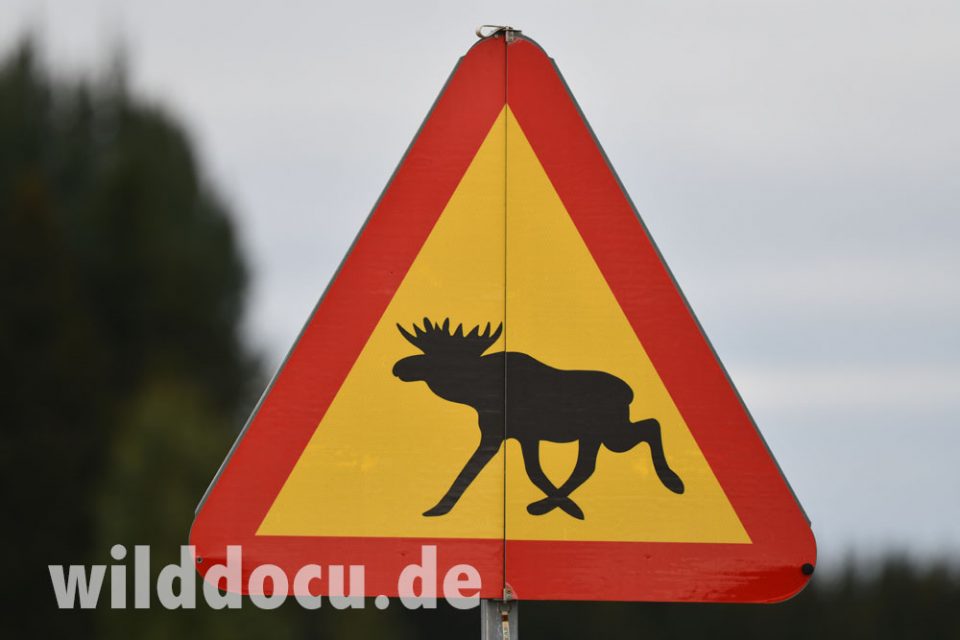
3.9.: We cross from Årsta to the island of Utö. According to an employee it is possible to see seals on the islets along the route. Harbour Porpoises are in general a very rare sight in the Baltic Sea. We rent bikes on the island for the day and run into a Roe Deer doe, her young and a Eurasian red Squirrel (Sciurus vulgaris).


We camp near Tyresta Nature Reserve. A rioting man makes us believe it is better to leave the site – at 1 am!. Thanks to the guy, we see three Wild Boar (Sus scrofa) crossing the road in front of us near Gålö.
5.9.: Norra Kvill: Norra Kvill is a small national park (established in 1927) near Vimmerby, Småland, southeastern Sweden. Typical are big rocks in a pine and spruce forest overgrown with lichens. It seems to be worthwhile to look for mice and shrew – which I don‘t have a chance to do.
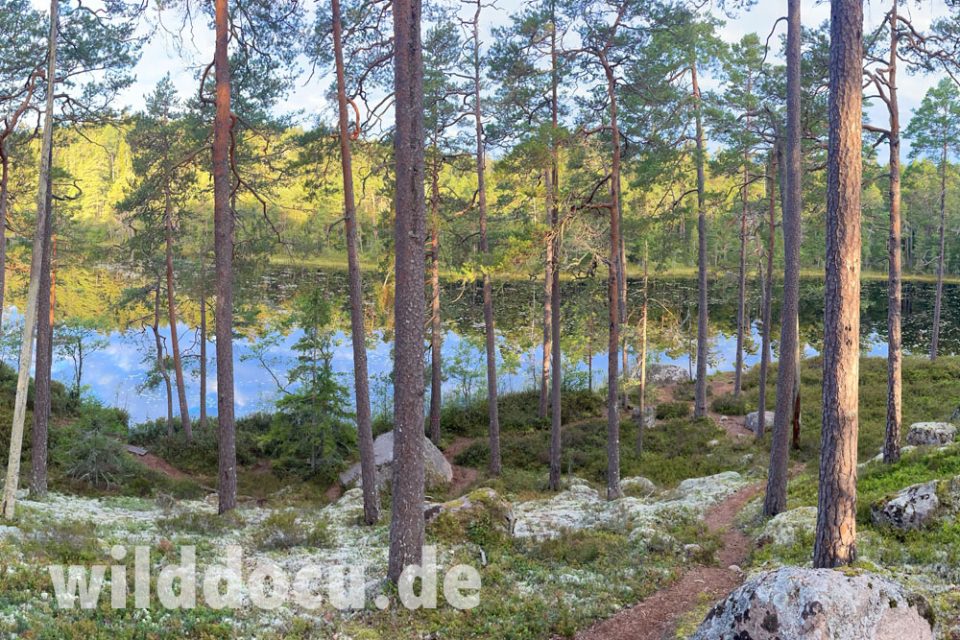
A few kilometers from the park is the Rumskulla oak, Europe’s largest Pedunculate Oak (Quercus robur) with a circumference of about 14 metres. The oak is thought to be about 1 000 years old. The vicinity looks also great for small mammals.
6.9. Kullaberg is a piece of land projecting out into the sea (Kattegat), north of Denmark. According to an information bord you have a good chance of spotting Harbour Porpoise at Kullaberg. Apparently they are present year round. Bad luck, we don’t see it.
Opposite Möllehässle Campground we see two Red Deer (Cervus elaphus) females and three calves. On the campground my batdetector lists Northern Bat (Eptesicus nilssonii), Common Serotine (Eptesicus serotinus), Soprano Pipistrelle (Pipistrellus pygmaeus) and Lesser Noctule (Nyctalus leisleri). Savi‘s Pipistrelle (Hypsugo savii) is also indicated, but must be an error (distribution!).
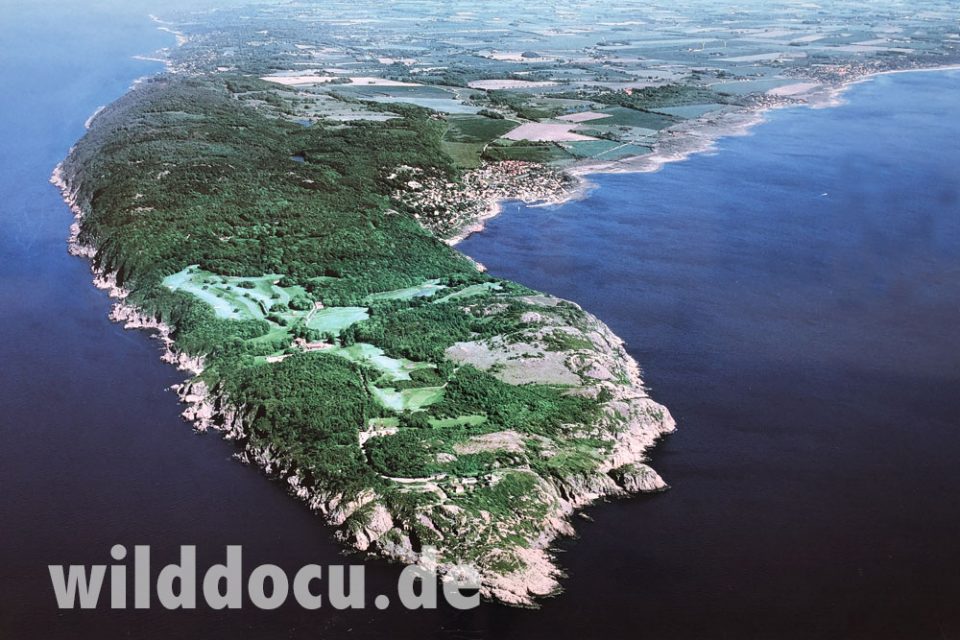
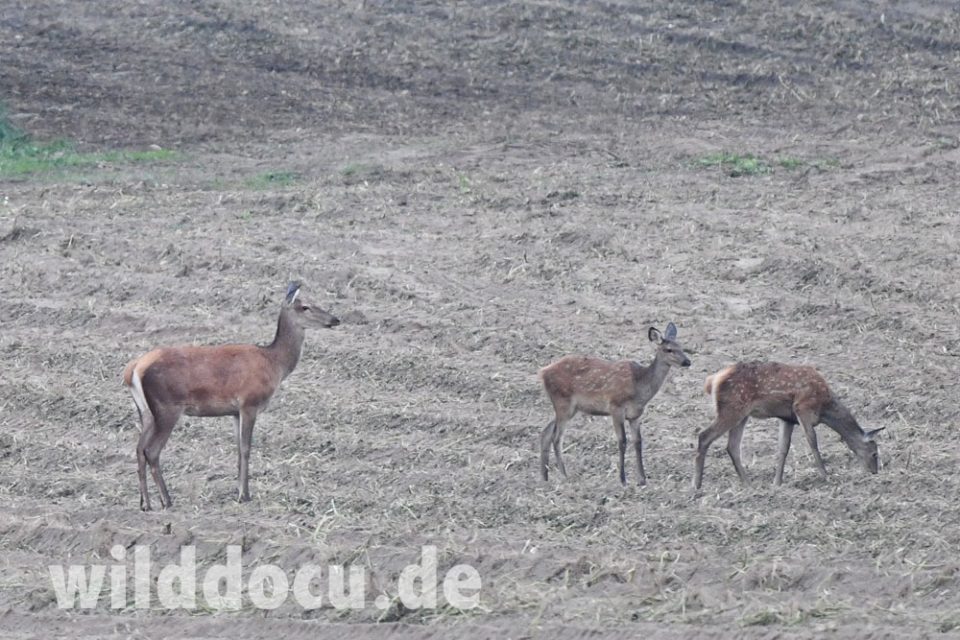
Summary: Wonderful country! Gotta come back!!

